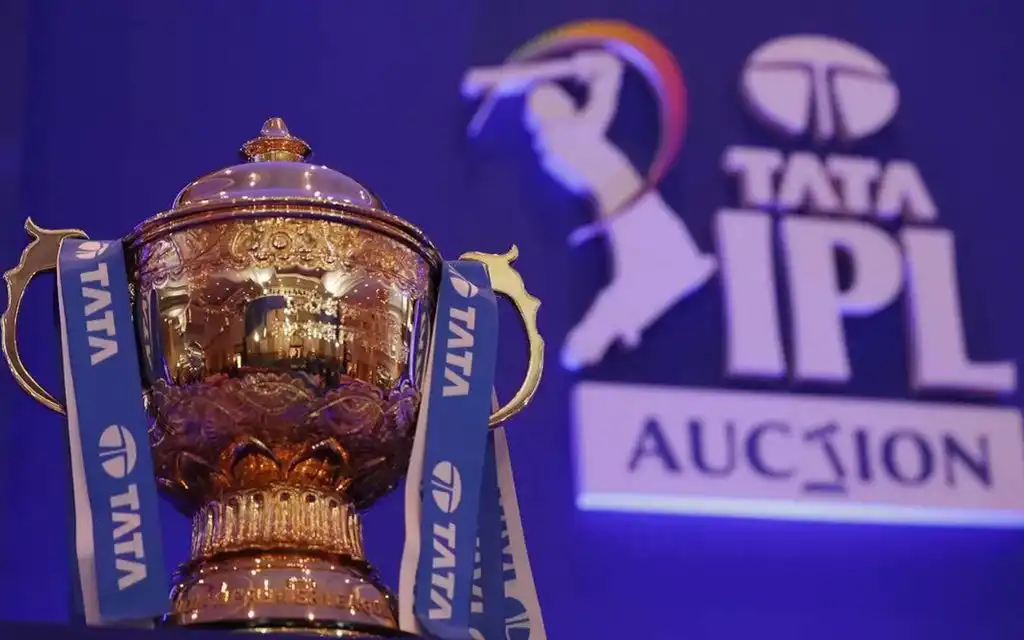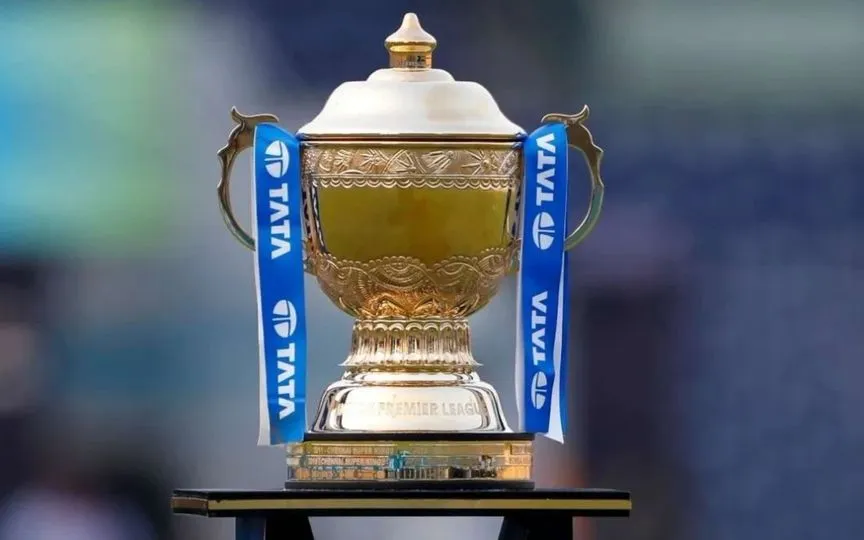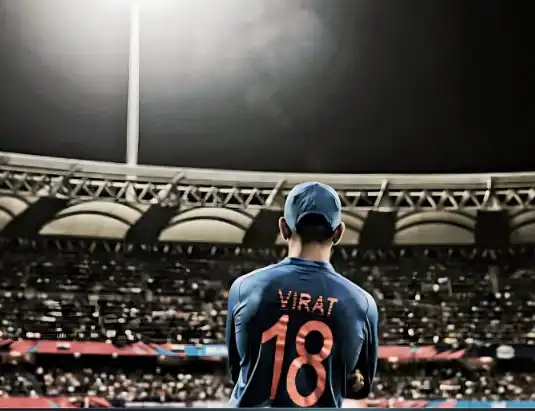 IPL trade window opens thrice for each season (X.com/@Rokte_Amarr_KKR)
IPL trade window opens thrice for each season (X.com/@Rokte_Amarr_KKR)
Each year, the IPL Trade Window ignites the ultimate cause for speculations and strategic prowess. With teams reaching out to grab the best of the players before other teams even have a chance. This allows the teams to tune their squad going into the season’s auction.
In the history of IPL, Hardik Pandya’s trade from Gujarat Titans to his initial team, the Mumbai Indians, in 2024, made an indelible mark and left year one in shock. Fans can expect similar or even much bigger action every year as soon as the IPL Trade Window starts.
What is the IPL Trade Window?
The IPL Trade Window is an integral part of the league's ecosystem, governed by the IPL Governing Council. This period is strategically set to begin a month after the conclusion of the season, providing franchises with the opportunity to reassess their squad's performance and make necessary adjustments.
During this window, teams can engage in player trades, involving both domestic and international talent, through direct swaps, cash deals, or a mix of both. This phase is critical for teams aiming to optimize their lineup, address gaps, or offload players not fitting their strategy. It's a time for strategic planning and negotiation, allowing franchises to realign their squads in preparation for the next season.
When does the IPL Trade Window Open?
The timing of the IPL Trade Window is meticulously planned to maximize strategic opportunities for franchises. It opens a month after the season concludes, offering a significant period for teams to deliberate and execute trades. This window stays open until a week before the auction date, providing a clear deadline for teams to finalize their pre-auction trades.
Post-auction, the trade window reopens, offering another chance for franchises to fine-tune their squads based on auction outcomes. This second phase lasts until a month before the commencement of the new season. These defined periods ensure that teams have structured opportunities to build and refine their teams, enhancing the competitive balance and excitement of the league.
What are the Rules of IPL's Trade Window?
It is worth mentioning that the IPL provides teams with three distinct trading windows to fine-tune their squads, beginning after the season's conclusion and ending just before the retention deadline. The second window opens post-retention announcement and concludes a week prior to the auction. The final window, crucial for last-minute strategic adjustments, opens immediately after the auction and continues until a week before the season starts.
A unique clause for the third window stipulates that players acquired in the recent auction cannot be traded, restricting teams to player-to-player exchanges, with all-cash deals off the table. This ensures that teams strategize within these confines to optimize their squads. With anticipation building for IPL 2026 set to commence tentatively in March 2026, the trade window activities highlight the dynamic nature of team compositions in the pursuit of the coveted title.
What is IPL Trading Window's Last Date?
 IPL Trade Window ends precisely 30 days before the season begins (X.com/@CricVarunSRH)
IPL Trade Window ends precisely 30 days before the season begins (X.com/@CricVarunSRH)
The opportunity for franchises to make key decisions and align their squads with their vision for the upcoming season ends precisely 30 days before the season begins. So for instance, whenever the he IPL 2026 auction concludes, let's say Novermber 25, 2025, the second window will begin on November 26, 2025, and will conclude on on February 20, 2026, assuming the season starts on March 20, 2026.
if the IPL 2026 auction concludes on December 10, 2025, this second window will begin on December 11, 2025, and close on February 22, 2026, assuming the season starts on March 22, 2026.
FAQs: IPL Trade Window
Q.1. Is trade window open for IPL 2026?
Ans. Yes, the IPL 2026 trade window is open for the upcoming season, giving the franchises fine-tune their squads and secure game-changing players.
Q.2. How much Virat Kohli sold in IPL 2025?
Ans. The star Indian batter Virat Kohli was retained by Royal Challengers Bangalore (RCB) for the IPL 2025 season, and he will be paid INR 21 crore for the season.
Q.3. Does IPL have trades?
Ans. Yes, the IPL organises a Trade Window, giving the teams a chance to trade players that go in sync with their aim for the team for the upcoming season. Notably, the players also have a say in the IPL Trade Window. The trade can only be finalised with their consent.
Q.4. What is the replacement rule in IPL?
Ans. The IPL’s replacement rule allows teams to sign replacements in case of event of illness or injury. However, only if it occurs during or before their 12th match of the season.
.jpg)
.jpg)



.jpg?type=mq)
.jpg?type=mq)
